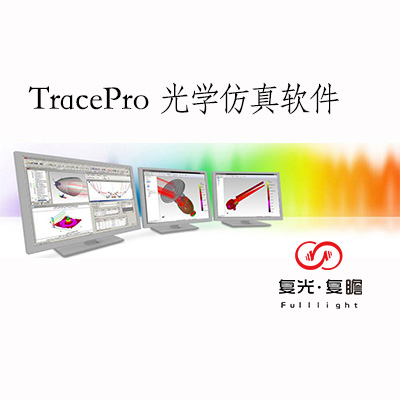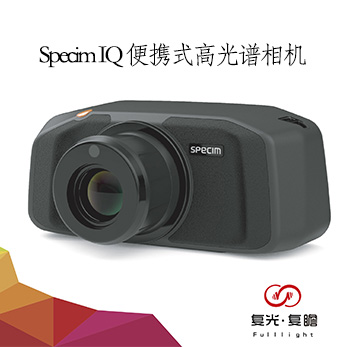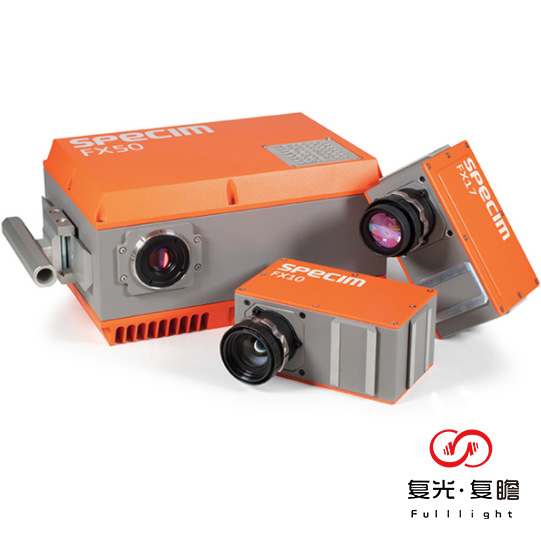Introduction
BLT has been proven to be an effective and comparatively safe form of depression therapy. It is widely used in clinical practice, and is included in therapeutic guidelines for both seasonal affective disorder (SAD) and non-seasonal depression (NSD) (Lam and Levitt, 1999; Al-Karawi and Jubair, 2016). Electric lighting for 0.5–6 h/day (Lewy et al., 1986; Partonen, 1994) for a week or more has been shown to alleviate depressive symptoms for patients with depression diagnosed by standard clinical methods (Al-Karawi and Jubair, 2016). With advancements in basic science and electric lighting technology, it is now possible to quantify the dosing of lighting therapy. White light is currently used as the standard treatment spectrum for SAD and NSD (Al-Karawi and Jubair, 2016; Ravindran et al., 2016). In some studies, blue and green lights (Benedetti et al., 2003; Anderson et al., 2009) have also been shown to induce a positive therapeutic effect. The illumination is another mode of quantification, and cool-white sources with light level of 10,000 lx have been widely recommended in guidelines on treating depression (Golden et al., 2005). However, the Cochrane review of BLT for NSD concluded that there was no difference between the effects of bright light (>2500 lx) and the control groups (2500 lx maximum) (Kripke, 1998).
To explore the mechanism of light on human physiology, the non-visual effects should be distinguished from the visual effect. Visual effects come from the visual pathway, which extends from retinal photoreceptor cells to the visual cortex area (Kolb et al., 1995). The human eye perceives light in the visible spectrum with various photoreceptor cells, and different wavelengths contribute differently to the perception of vision. The visual perception is quantified by the photopic luminous efficiency function V(λ), which is the basic of photometric values such as illuminance (lux) (CIE, 2020). However, with the discovery of intrinsically photosensitive retinal ganglion cells (ipRGCs) and their non-visual effects such as mood changes (Berson et al., 2002; Lucas et al., 2003; Munch and Wirz-Justice, 2018), there is reason to believe that the light parameters used for characterizing vision may be inappropriate for evaluating the effects of non-vision neural pathways from the retina. Thus, although the parameters (e.g., lux, correlated color temperature) of the visual pathway are most commonly used to evaluate lighting, they may not be suitable to quantify the dose of lighting therapy.
Clinical studies have shown an association between circadian disruption and depression. Circadian rhythm disturbances are present in both SAD and NSD (Germain and Kupfer, 2008; McClung, 2011). Compared with normal people, patients with depression experience a delayed secretion of melatonin before bedtime (Bunney and Potkin, 2008). Melatonin is a pineal hormone regulated by the circadian clock, which is a reliable marker of the circadian rhythm (Peschke and Mühlbauer, 2010). It is worth noting that melatonin can be mediated by light exposure through the non-visual pathway (Berson et al., 2002). Therefore, the regulation of melatonin levels by lighting intervention may be a possible mechanism of BLT for both SAD and NSD.
In order to further validate the relationship between circadian regulation and BLT, the model of human circadian phototransduction is needed to quantify light as a stimulus for the circadian system. According to the non-visual physiological effects in humans, retinal photoreceptor cells respond to light, which then send the signals to the biological clock in the hypothalamic suprachiasmatic nucleus (SCN) (Wright and Lack, 2001). CIE 026 recommended using spectral sensitivity curves for five retinal opsin proteins (melanopsin, rhodopsin, S-, M-, and L-cone opsin), obtaining the equivalent illuminance corresponding to each opsin protein (CIE, 2018; Brown et al., 2022). Though ipRGCs are central to the non-visual pathway, ipRGCs also receive signals originating from rods and cones (Do, 2019). They are all involved in the circadian system phototransduction. Therefore, the equivalent illuminance corresponding to individual opsin proteins cannot completely represent the circadian response to light.
Another possible model is the circadian stimulus (CS), developed by Rea et al., which is based on the principles of retinal neurophysiology and psychophysics experiments (Rea and Figueiro, 2018; Rea et al., 2021a,b). CS takes into account the spectral sensitivity of the three photoreceptors (cones, rods, and ipRGCs) and can be used to characterize both the spectral sensitivity and the response magnitude characteristic of the circadian phototransduction circuit (Rea et al., 2021a). The latest model of CS is quantified in terms of spectrum, light levels, exposure time (duration of the circadian stimulus), and lighting distribution across the retina (Rea et al., 2021a). Melatonin suppression by the pineal gland at night was used as the outcome measure. Compared with single photoreceptor, the CS model can more accurately quantify circadian phototransduction. In the present study, CS was adopted as a new indicator to evaluate the therapeutic efficacy of lighting.
Here, we present a systematic review and meta-analysis of the CS model, uniting the multiple elements of lighting mentioned in the reviewed BLT studies. The Mean Difference (MD) of the depression scale was calculated to assess the efficacy of BLT. Using the reported light levels, spectral data, and the lighting distribution over time and space, the findings of the existing trials were screened based on the CS values. A systematic literature review and meta-analysis were conducted to verify the correlation between CS value and therapeutic effect, thus providing scientific metrics for lighting dose quantification of lighting therapy in clinical applications.
Methods
Literature search
This systematic review was registered with PROSPERO under code number CRD42021253648 and was conducted in accordance with the PRISMA guidelines (Moher et al., 2009). Articles published before 2021 were searched in the Cochrane Library, EMBASE, MEDLINE, and Web of Science. Various synonyms from MeSH (“depressive disorder,” “phototherapy,” and “randomized controlled trial”) were entered in these electronic databases to improve the sensitivity of the search. Supplementary searches of relevant systematic reviews and references within the included articles were performed manually.
Selection of parameters for describing the circadian stimulus
As mentioned previously, CS refers to the spectral sensitivity and the response magnitude characteristic of the circadian phototransduction circuit, and melatonin suppression is used as the outcome measure. The specific calculation process for CS was based on the studies of Rea et al. (2021a, 2022). The calculation formula is as follows (Eq. 1):








 滬公網(wǎng)安備 31011002002705號
滬公網(wǎng)安備 31011002002705號